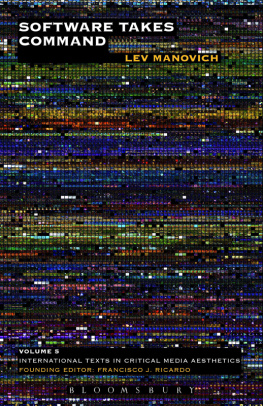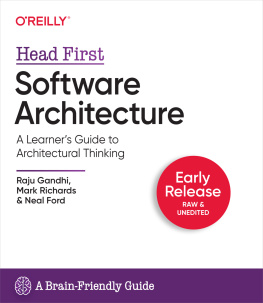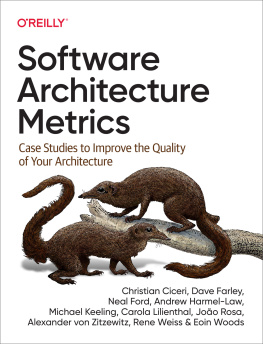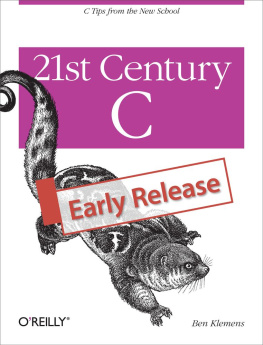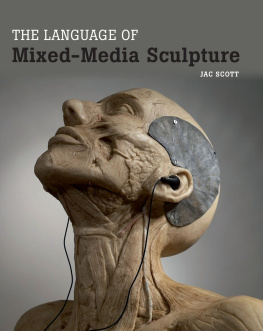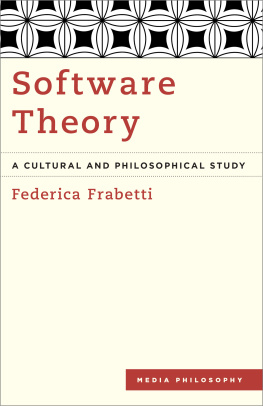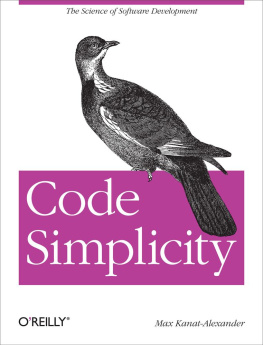INTERNATIONAL TEXTS IN CRITICAL
MEDIA AESTHETICS
VOLUME #5
Founding Editor
Francisco J. Ricardo
Associate Editor
Jrgen Schfer
Editorial Board
Roberto Simanowski
Rita Raley
John Cayley
George Fifield
Software
Takes
Command
Lev Manovich

Bloomsbury Academic
An imprint of Bloomsbury Publishing Plc
| 1385 Broadway | 50 Bedford Square |
| New York | London |
| NY 10018 | WC1B 3DP |
| USA | UK |
www.bloomsbury.com
First published 2013
Lev Manovich, 2013

This work is published subject to a Creative Commons Attribution Non-Commercial Licence.
You may share this work for non-commercial purposes only, provided you give attribution to the copyright holder and the publisher. For permission to publish commercial versions please contact Bloomsbury Academic.
Library of Congress Cataloging-in-Publication Data
Manovich, Lev.
Software takes command : extending the language of new media / by Lev Manovich.
pages cm (International texts in critical media aesthetics)
Includes bibliographical references and index.
ISBN 978-1-62356-745-3 (pbk. : alk. paper) -- ISBN 978-1-62356-817-7 (hard cover : alk. paper) 1. Computer software--Social aspects. 2. Social media. 3. Computers and civilization. 4. Mass media--Technological innovations. 5. Computer graphics. I. Title.
QA76.9.C66M3625 2013
006.7--dc23
2013002685
ISBN: 978-1-6235-6261-8
Typeset by Fakenham Prepress Solutions, Fakenham, Norfolk NR21 8NN
To Hyunjoo
Contents
The ideas and arguments in this book are the result of the authors interactions with hundreds of people over many years: students in classes, presenters at conferences, colleagues over email. I especially want to thank everybody who responded to my posts related to the ideas in this book on Twitter and Facebook as I was working on it from 2007 to 2012. They asked provocative questions, told me about relevant resources every time I asked, and encouraged me to go forward by asking when the book will be published.
The following people at a number of institutions played particularly key roles in the books evolution and publication, and I would like to thank them individually (they are listed alphabetically by institution):
Bloomsbury Academic (the book publisher):
Katie Gallof, Acquisitions Editor, Film and Media Studies.
Jennifer Laing, Copy-editing.
Francisco J. Ricardo, Editor, International Texts in Critical Media Aesthetics.
Clare Turner, Lead Designer.
Software Studies Initiative (my lab established in 2007 at Calit2):
Staff:
Jeremy Douglass, Post-doctoral researcher, 20082012 (now Assistant Professor, English Department, UCSB).
Jay Chow, stuff member, 2012 (design, visualization, and programming).
Collaborators:
Benjamin Bratton, Associate Professor, Visual Arts, UCSD.
Elisabeth Losh, Director of Academic Programs, Sixth College, UCSD.
California Institute for Telecommunication and Information (Calit2):
Hector Bracho, media services.
Doug Ramsey, Director of Communications.
Ramesh Rao, Director, UCSD Division, Calit2.
Larry Smarr, Director, Calit2.
Center for Research in Computing and the Arts (CRCA):
Sheldon Brown, Director; Professor, Visual Arts, UCSD.
Lourdes Guardiano-Durkin, MSO.
Todd Margolis, Technical Director.
The Graduate Center, City University of New York (CUNY):
Matthew Gold, Associate Professor; Director, CUNY Academic Commons.
Tanya Domi, Director of Media Relations.
Chase Robinson, Provost and Senior Vice-Chancellor.
Jane Trombley, Executive Director for Communication and Marketing.
Software Studies Series (The MIT Press):
Matthew Fuller and Noah Wardrip-Fruin (series co-editors).
Douglass Sery, Editor, New Media, Game Studies, Design.
Finally, I want to add special thanks to Larry Smarr, Director of California Institute for Telecommunication and Information who invited me to participate in the Institute activities, helped to start my lab, and made it possible for me to work with the next generation of computing technologies being invented at Calit2 and the people inventing them.
Large parts of the book were written and edited in my favorite cafes and hotel lobbies, and I would like to thank their staff:
The Standard, West Hollywood, California.
Mondrian, West Hollywood, California.
LAuberge Del Mar, California.
Del Mar Plaza, Del Mar, California.
Starbucks, Del Mar, California.
Sheraton Tribeca Hotel, New York.
Micki Kaufman did a great job of proofreading the manuscript at the last moment and catching many mistakes.
The book cover uses a part of a visualization created by William Huber using ImageJ software and our custom plug-ins. The visualization consists of 22,500 frames sampled at 1 frames per 3 seconds from a 62.5 hour video of the complete game play.
The book was written on Apple laptops (MacBook Pro, MacBook Air) using Microsoft Word. I used iPhone for email and social networks, and for occasional note taking.
For communication with the colleagues and the publisher, I relied on Gmail, Google Docs, Dropbox, Twitter, and Facebook.
The book illustrations were prepared by me and Jay Chow using the same popular software applications analyzed in this book: Photoshop, Illustrator, After Effects.
I am grateful to thousands of programmers and engineers who developed the software products mentioned above, and continue updating them with new features.
I called my earlier book-length account of the new cultural forms enabled by computerization The Language of New Media (completed in 1999, it came out in 2001). By that time, the process of adoption of software-based tools in all areas of professional media production was almost complete, and new media art was in its heroic and vibrant stageoffering many possibilities not yet touched by commercial software and consumer electronics.
Ten years later, most media became new media. The developments of the 1990s have been disseminated to the hundreds of millions of people who are writing blogs, uploading photos and videos to media sharing sites, and use free media authoring and editing software tools that ten years earlier would have cost tens of thousands of dollars.
Thanks to the practices pioneered by Google, the world is now used to running on web applications and services that have never been officially completed but remain forever in Beta stage. Since these applications and services run on the remote servers, they can be updated anytime without consumers having to do anythingand in fact, Google is updating its search algorithm code a few times a day. Similarly, Facebook is also updating its code daily, and sometimes it breaks. (Facebooks motto expressed in posters around its offices is Move Fast and Break Things.) Welcome to the world of permanent changethe world that is now defined not by heavy industrial machines that change infrequently, but by software that is always in flux.
Why should humanists, social scientists, media scholars, and cultural critics care about software? Because outside of certain cultural areas such as crafts and fine art, software has replaced a diverse array of physical, mechanical, and electronic technologies used before the twenty-first century to create, store, distribute and access cultural artifacts. When you write a letter in Word (or its open source alternative), you are using software. When you are composing a blog post in Blogger or WordPress, you are using software. When you tweet, post messages on Facebook, search through billions of videos on YouTube, or read texts on Scribd, you are using software (specifically, its category referred to as web applications or webwaresoftware which is accessed via web browsers and which resides on the servers).

